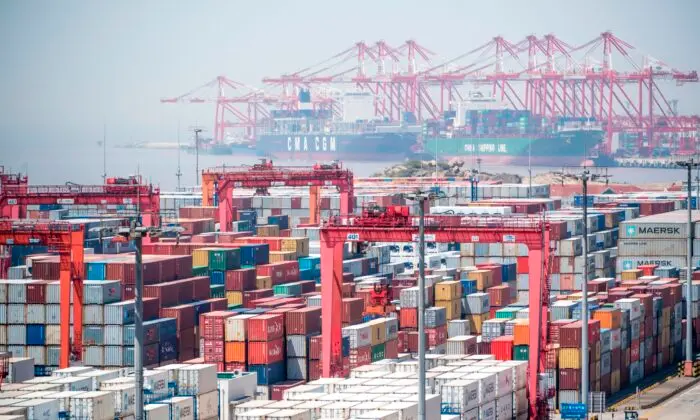
The House panel is currently reviewing the Trump administration’s 2025 trade policy, which has been marked by a series of tariffs imposed on various countries, including Canada, Mexico, and China. These tariffs have sparked retaliatory measures from affected countries, leading to a complex web of trade actions.
The Trump administration’s tariffs have been a key component of its trade policy, with the goal of protecting American industries and workers. However, critics argue that the tariffs have had unintended consequences, including increased costs for consumers and businesses.
The tariffs imposed on Canada and Mexico, which took effect on February 1, 2025, have been particularly contentious. The 25% tariffs on certain imports from these countries have sparked concerns about the impact on the US economy and the North American trading relationship.
The tariffs imposed on China have also been a major point of contention. The 10% tariffs imposed on February 4, 2025, with an additional 10% increase on March 4, have sparked retaliatory measures from China. The US has also imposed tariffs on Chinese goods worth billions of dollars, leading to a significant escalation of the trade tensions between the two countries.
In addition to the tariffs imposed on specific countries, the Trump administration has also implemented a universal tariff of 10% on all countries, with higher rates on 60 trading partners. This has led to concerns about the impact on global trade and the potential for a trade war.
The economic impact of the Trump administration’s tariffs has been significant. According to some estimates, the tariffs are expected to reduce US GDP by 0.7% in 2025, with the April 2 tariffs accounting for 0.4% of the decline. The tariffs are also expected to increase tax revenue by $2.9 trillion over the next decade, with $1.5 trillion from the April 2 tariffs.
However, the tariffs have also had significant negative consequences, including increased costs for consumers and businesses. The retaliatory tariffs imposed by China, Canada, and the European Union have affected $330 billion of US exports, leading to concerns about the impact on US industries and workers.
The House panel’s review of the Trump administration’s 2025 trade policy will likely focus on the impact of these tariffs and trade actions on the US economy and international trade relationships. The review will also examine the Trump administration’s approach to trade policy and the potential implications for the US economy and global trade.
Some of the key issues that the House panel will likely examine include the impact of the tariffs on US industries and workers, the effectiveness of the tariffs in achieving their intended goals, and the potential consequences of the tariffs for the US economy and global trade.
The review will also likely examine the Trump administration’s use of executive orders to impose tariffs and the potential implications for the balance of power between the executive and legislative branches of government.
Overall, the House panel’s review of the Trump administration’s 2025 trade policy will provide a critical examination of the administration’s approach to trade policy and the potential implications for the US economy and global trade.
Be the first to comment